Global trade in 2025 is being redefined by an evolving triangular relationship among the United States, Canada, and China. Each move by one of these powers now triggers immediate economic consequences for the others — creating both risks and opportunities for logistics providers and international shippers.
In late October, President Donald Trump announced a 10 percent increase in tariffs on Canadian imports, escalating friction with one of America’s closest trading partners. The decision, tied to a political dispute over a televised advertisement in Canada, challenges the stability of the United States–Mexico–Canada Agreement (USMCA) and threatens key cross-border sectors such as steel, automotive parts, and building materials. U.S. importers are already revising landed-cost models and inventory plans in anticipation of higher customs duties and longer clearance times at the border.
At nearly the same moment, the White House and Beijing signaled a major breakthrough. Trump and Chinese President Xi Jinping agreed to a trade truce that lowers IEEPA-related tariffs to around 10 percent, reopens China’s market to U.S. soybeans, and removes the ban on rare-earth mineral exports critical to U.S. manufacturing, electronics, and energy technologies. While not a comprehensive deal, the truce marks the most positive development in U.S.–China trade relations in years and could restore key supply lines that have been constrained since 2018.
Meanwhile, Canada has begun opening new trade talks with China in an effort to rebalance its export portfolio. Canadian officials are exploring agricultural, clean-tech, and resource-sector agreements that would strengthen access to Asian markets and reduce reliance on the U.S. economy. This new diplomatic outreach comes at a pivotal time — just as Washington raises tariffs on Canadian goods and simultaneously relaxes duties on Chinese imports.
The result is an increasingly complex triangular trade dynamic. Washington’s tariff increase on Canadian products pushes Ottawa closer to Beijing, while the U.S.–China thaw encourages American importers to shift sourcing back to Asia. Each leg of this triangle now affects the others, with ripple effects across global freight routes, manufacturing hubs, and customs regimes.
For logistics providers like Venture Logistics, these changes underscore the need for flexibility and foresight. The ability to re-route cargo quickly, utilize bonded and FTZ facilities, manage tariff classifications, and diversify suppliers has become essential for protecting margins and meeting service commitments. In this environment, data-driven forecasting, automated customs workflows, and multi-modal distribution networks are no longer competitive advantages — they are operational necessities.
As the U.S., Canada, and China continue to recalibrate their trade strategies, the logistics sector stands at the center of the transformation. Those who can adapt their networks to shifting tariff landscapes will not just survive this new era of global trade — they will lead it.
Let’s Talk
If you're ready to protect margins, defer duties, and simplify operations
Venture Logistics is ready to help.

